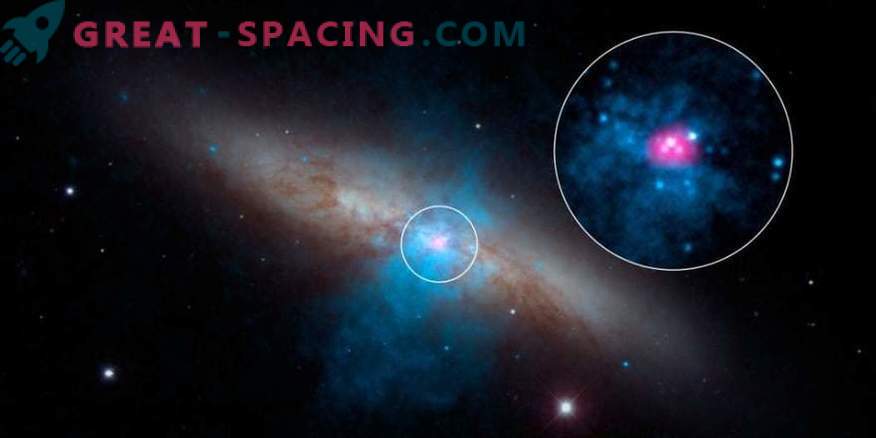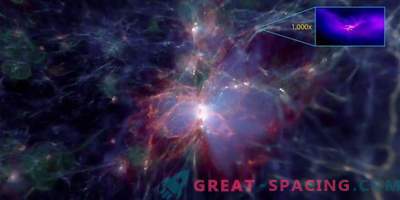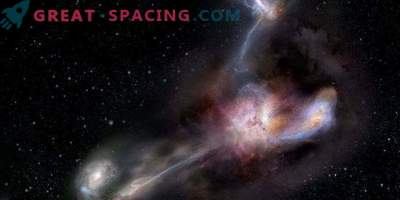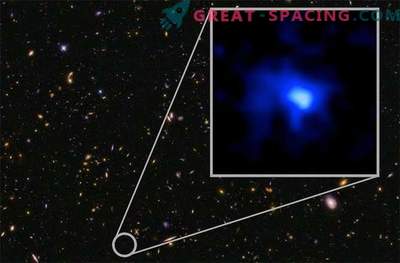
Gas density in / around the galaxy with a billion years old after the Big Bang. New gas arrives at a rapid rate
In the new model of the universe, scientists from Swinburne University of Technology and the University of Melbourne were able to notice galaxies created in the first billions of years after the recession occurred.
Researchers have long suspected that the first galaxies were growing rapidly, creating gas clouds and stars 1000 times faster than they are now. But observations show that they did not appear as fast as they could.
The computer model of the early Universe was displayed in the form of a simple scheme with incoming raw materials and its processing. Surprisingly, not all gas is connected to the creation of stars. We used to perceive space as something balanced. Therefore, researchers believed that if the internal expenditure on the creation of a star is too large, the gas is exhausted, and the galaxy is starving until it receives a new batch. But the picture was completely different.
It turned out that the first galaxies possessed a large flow of incoming cold gas. Domestic consumption could not accelerate because the galaxy was in a state of recession. It took billions of years for the universe expansion, after which the speed of the incoming material slowed down and the galaxies found the necessary balance observed now.











































